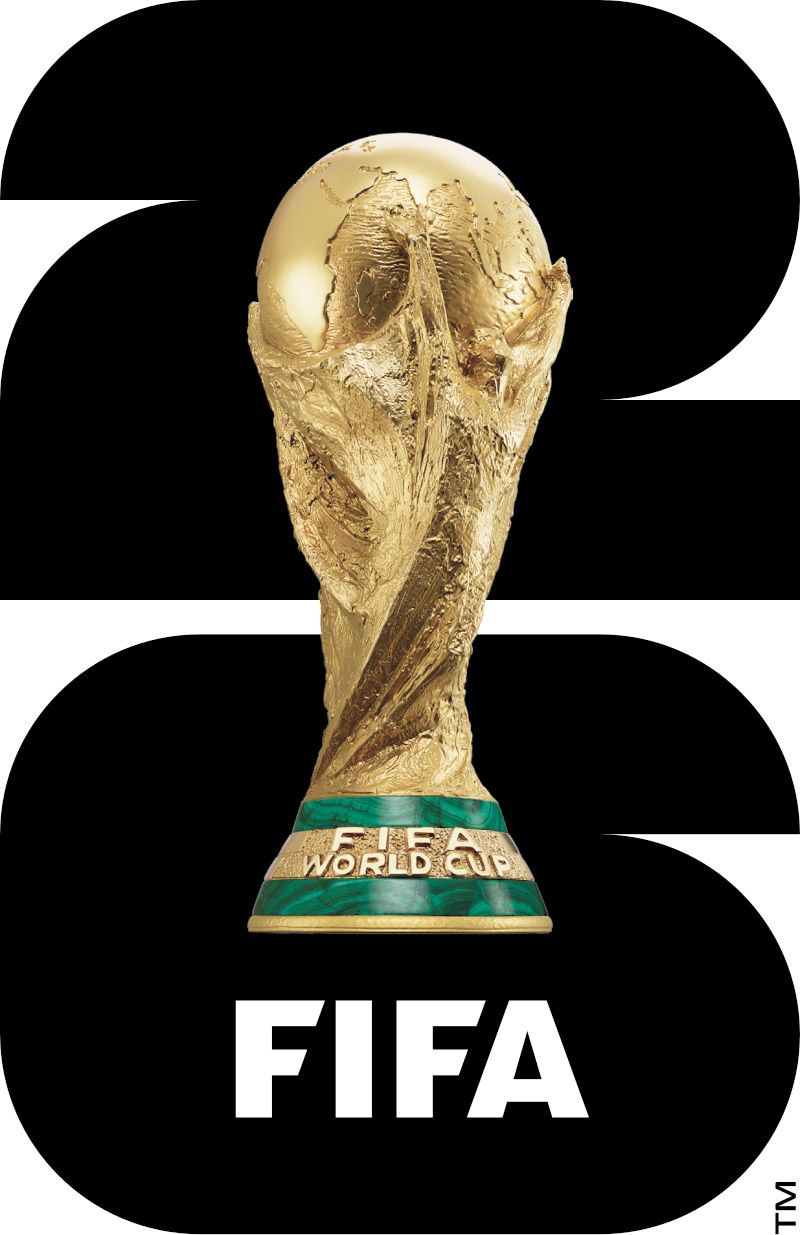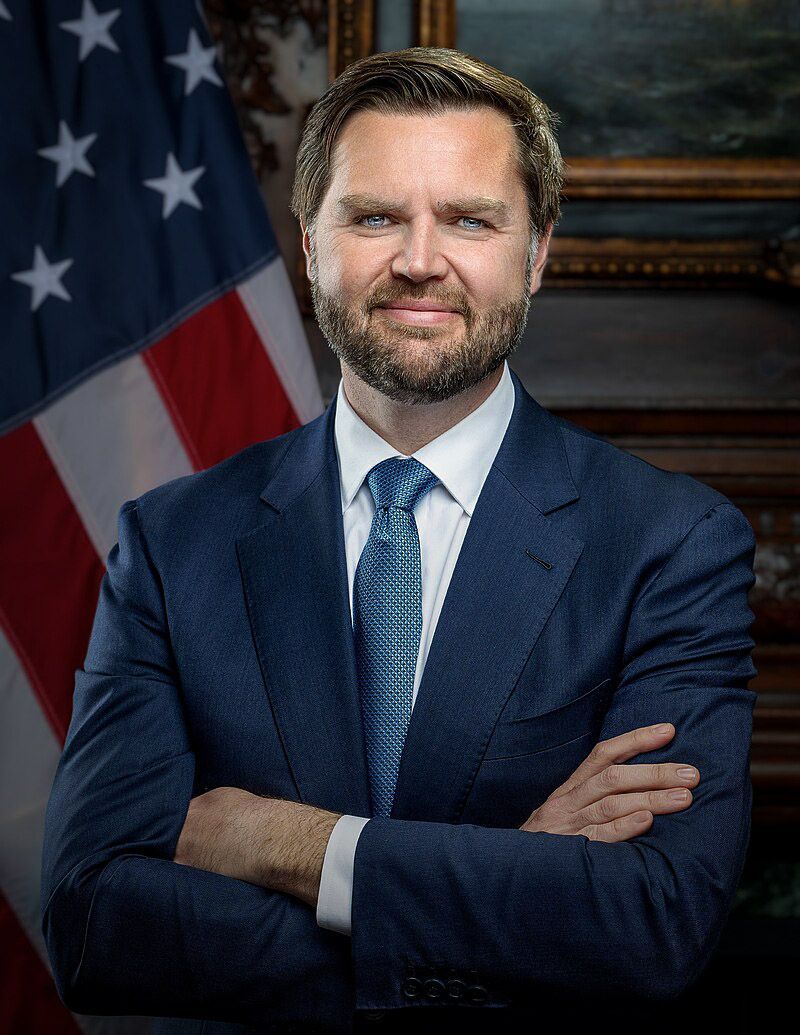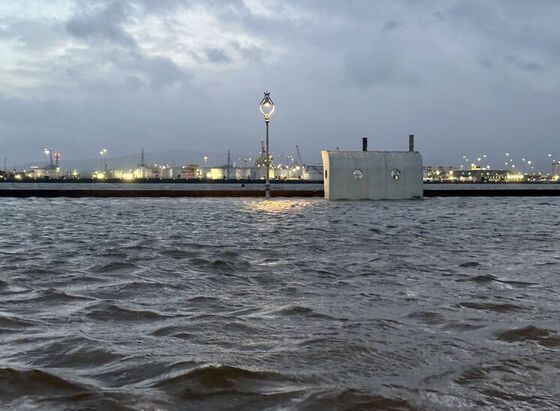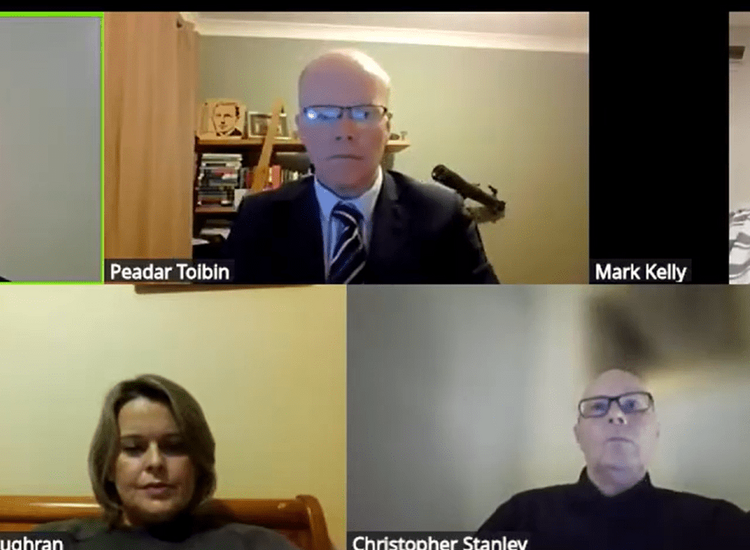It's fair to say that soccer fans in the U.S. and around the world are looking forward to the World Cup next year.
The 2026 competition will be the 23rd such gathering and it will be played in the U.S., Mexico and Canada. This is the first time that there will be three host countries.
The tournament will feature 48 teams - up from the previous 32 - and will run from June 11 to July 19.
The games will be played in 16 cities spread across the three countries with the final set for MetLife Stadium in New Jersey.
That venue will bring back memories to Irish fans, and for sure those who were present in then Giants Stadium in 1994 when the boys in green famously beat the boys in blue, Italy, 1-0.
The scenes after that astonishing result were of absolute joy for the followers of Jack Charlton's Republic of Ireland side.
The 2026 FIFA World Cup emblem.
Now whether or not there will be a chance for Irish triumphs this time around remains to be seen.
What also remains to be seen is the comparative crowd sizes attending games in the three host countries.
For sure there are more than enough home fans for the U.S. team to fill venues on home soil. But what of followers of teams from around the world attending the games in the U.S.?
Will, there might not be as many as there might have been.
And for that possibility we can thank Vice President JD Vance.
This is what he had to say a few days back.
“We’ll have visitors from close to 100 countries. We want them to come, we want them to celebrate, we want them to watch the game,” Vance said.
And that was just fine
But then there was this: “But when the time is up, they’ll have to go home, otherwise they’ll have to talk to Secretary Noem.”
That would be Homeland Security Secretary Kristi Noem, lately nicknamed "ICE Barbie."
The question that arises from Vance's less than Cead Mile Failte is how many fans will actually take a pass on games in the United States. How many will simply stay home and watch the games on TV?
And this also leaves open the potential for comparison between fan attendance at games in the U.S. and those in Canada and Mexico, countries where the welcome mat, at this juncture, would appear to be largely unqualified.
The way things are now in the U.S. the World Cup might have to be a lifeline for the country's tourism industry which is already seeing falling numbers of visitors as the summer of 2025 begins.
The last thing the industry, and the World Cup, needs is another own goal from Vance, or anyone else in the Trump administration.








